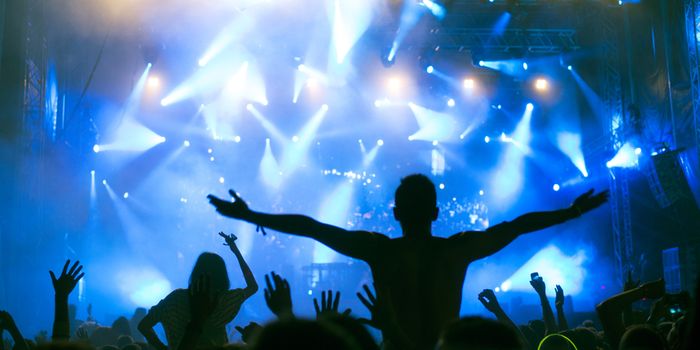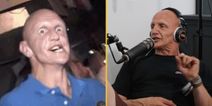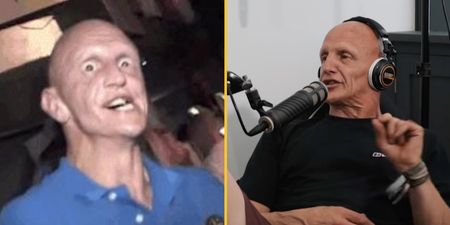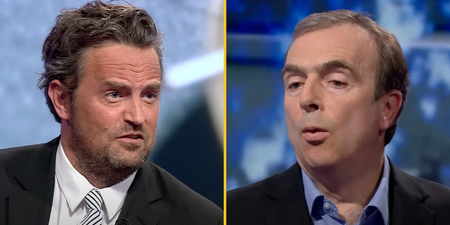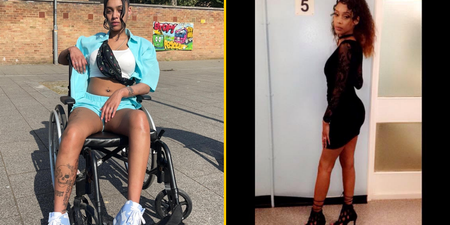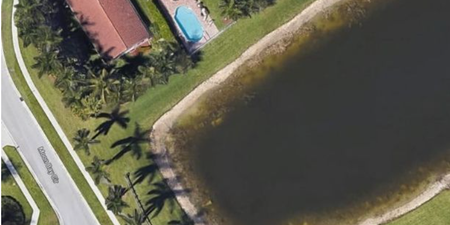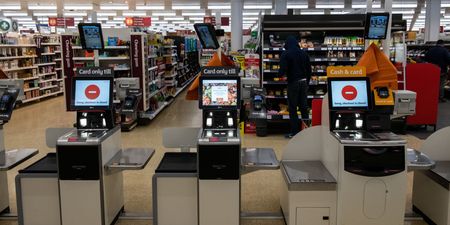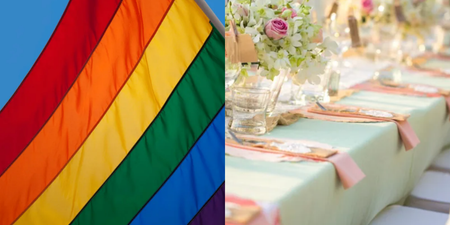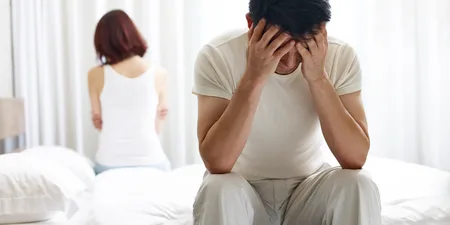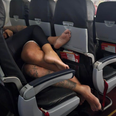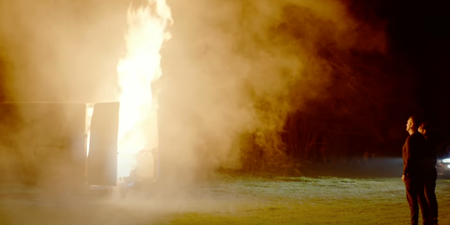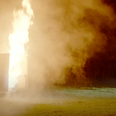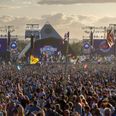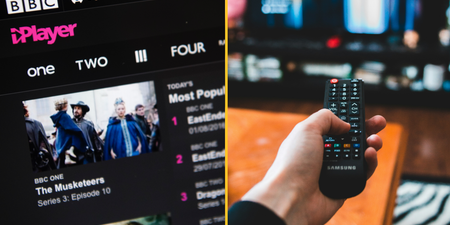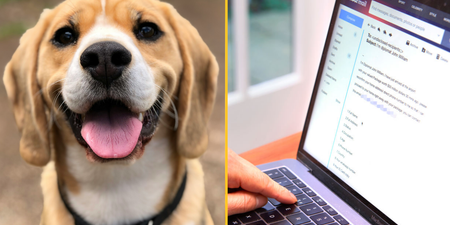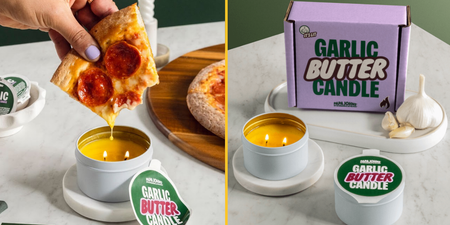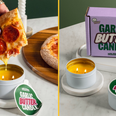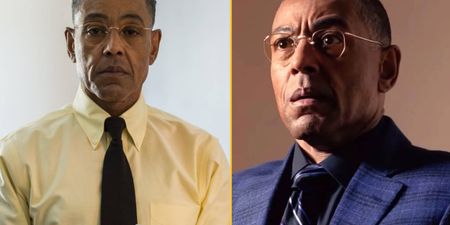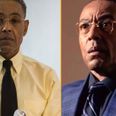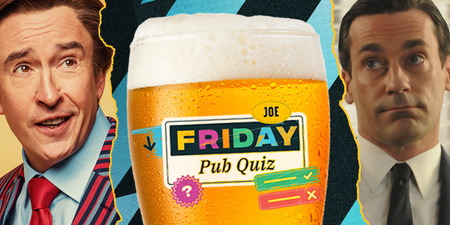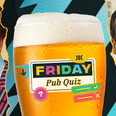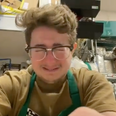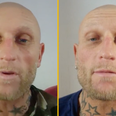The times they are a changin’.
Once upon a time the drug of choice for Brits was alcohol. Then along came the 90s and ecstasy was king for loved-up ravers.
But the advent of so-called legal highs cracked the drug market wide open and gave people a cornucopia of assorted substances to get their kicks from.
That was until the Government stepped in to crash the party and ban the plethora of synthetic drugs and and analogues of things like ecstasy and amphetamines under the Psychoactive Substances Act.
With the drugs market shifting again, this year’s Global Drug Survey makes for interesting reading.
More than 100,000 users across 20 countries took the survey to give us a picture of the state of play with drugs, clubs and parties in 2016.
There was one drug that stood out above them all in the UK – the nation was taking it more than any other country in the world, according to the survey.
That’s laughing gas – or as parts of the tabloid media branded it (whenever footballers like Raheem Sterling are supposedly caught taking it) ‘Hippy Crack’.
Nitrous Oxide, to give it its Sunday name, has massively increased in popularity on these shores and across the Western world, according to VICE.
You can’t go to a nightclub or festival these days without hearing the familiar hiss of a gas canister or bump into a bloke selling ‘balloons for a quid’.
Globally, of the 100,000 respondents, around 8.5 per cent said they had tried the drug.
But in Britain more than 50 per cent said they had tried NOS, which is inhaled from a balloon, and 38 per cent said they had taken it in the last year alone. That’s nearly up 15 per cent on last year.
House parties were the place most people (72 per cent) had used it, followed by 48 per cent at festivals.
Around a third of the people who used the drug said they’d experienced hallucinations and confusion, 12% had nausea and 2.5% said they had some sort of accident.
A small minority reported side effects lasting over two weeks, including numbness around the face, mouth, hands or feet, according to the Guardian.
Laughing gas was one of the many substances banned under the Government’s blanket ban on legal highs.
